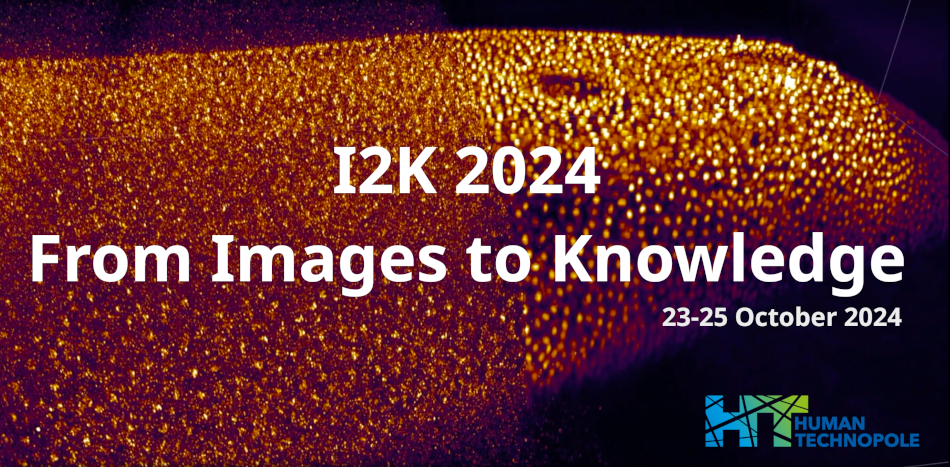Modern microscopy technologies, such as light sheet microscopy, enable in toto 3D imaging of live samples with high spatial and temporal resolution. These images will be in 3D over time and may include multiple channels and views. The computational analysis of these images promises new insights into cellular, developmental, and stem cell biology. However, a single image can amount to several...
"The BioImage.IO Chatbot (https://github.com/bioimage-io/bioimageio-chatbot) is a chat assistant we created to empower the bioimaging community with state-of-the-art Large Language Models. Through the help of a series of extensions, the BioImage.IO Chatbot is able to query documentation and retrieve information from online databases and image.sc forum, as well as generating code and executing...
We will introduce the IPA Project Template, which offers a structured way to organize image processing and analysis projects. Our template is designed to support users throughout their projects, providing space for experimentation, organizing proven methods into reproducible steps, tracking processing runs, and facilitating documentation.
During the workshop participants will create their...
In this workshop, we will demonstrate Piximi, an images-to-discovery web application that allows users to perform deep learning without installation. We will demonstrate Piximi's ability to load images, run segmentation, perform classifications, and create measurements, all without the data leaving the user's computer.
QuPath is a popular, open-source platform for visualizing, annotating and analyzing complex images - including whole slide and highly multiplexed datasets. QuPath is written in Java and scriptable with Groovy, which makes it portable, powerful, and... sometimes a pain if you'd rather be working in Python (sometimes we would too).
This workshop will show how QuPath and Python can work...
The workshop will show how Segment Anything, a deep learning model for interactive instance segmentation, can applied to segmentation and annotation tasks in biomedical images. We will first give an overview of different approaches that apply this method in the biomedical domain. Then we will introduce our tool, Segment Anything for Microscopy,
which introduces specialized models for...
The Spatial Transcriptomics as Images Project (STIM) is a framework for storing, interactively viewing & 3D-aligning, as well as rendering sequence-based spatial transcriptomics data (e.g. Slide-Seq), which builds on the powerful libraries Imglib2, N5, BigDataViewer and Fiji (https://github.com/PreibischLab/STIM). In contrast to the ""classical"" sequence analysis space, STIM relies on...
Our team has created TopoStats, an open-source Python toolkit for automated processing and analysis of Atomic Force Microscopy (AFM) images. We wish to provide a hands-on session to guide users through the TopoStats workflow, from raw AFM file formats through to molecule segmentation, quantification and biological interpretation. We will demonstrate how users can install TopoStats and discuss...

